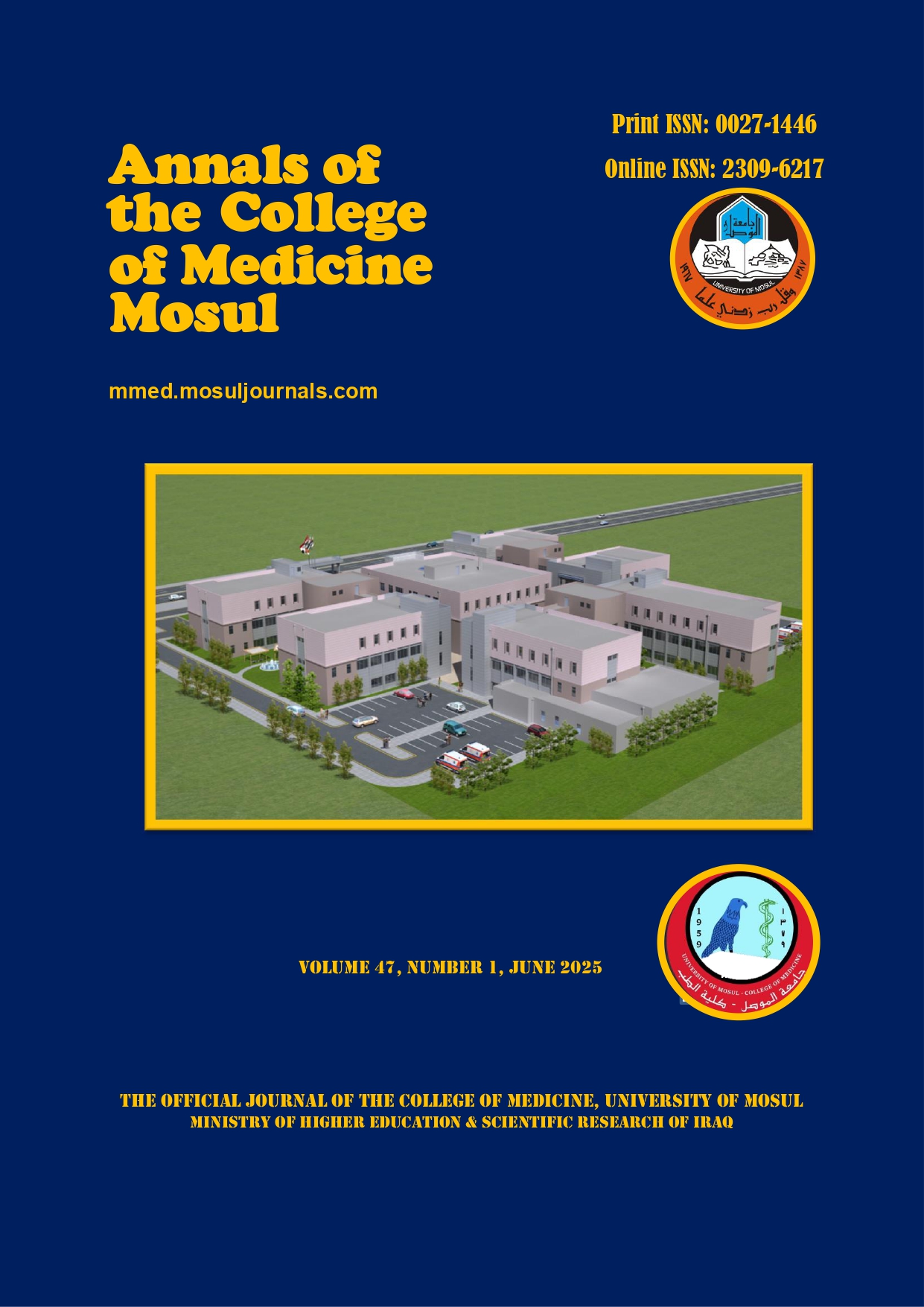Role of High Mobility Group Box-1 in Status Epilepticus, From Pathophysiology to Biomarker and Therapeutic Potential
Abstract
Status epilepticus (SE) is a neurological emergency that require prompt diagnostic and treatment measures due to its associated mortality and morbidity. The role of neuro-inflammation in status epilepticus has been studied extensively and many potential molecules have been proposed as a promising biomarkers and therapeutic targets for the condition. Inside the nucleus, HMGB1 is a DNA-binding protein with many housekeeping functions. Under certain conditions, HMGB1 will be translocated to the extracellular space promoting a strong pro-inflammatory reaction with activation of many downstream inflammatory pathways related to seizure onset and progression. In this review the potential role of HMGB1 in the pathogenesis of SE was highlighted stressing on the promising implications of this molecule as a therapeutic target for SE.
